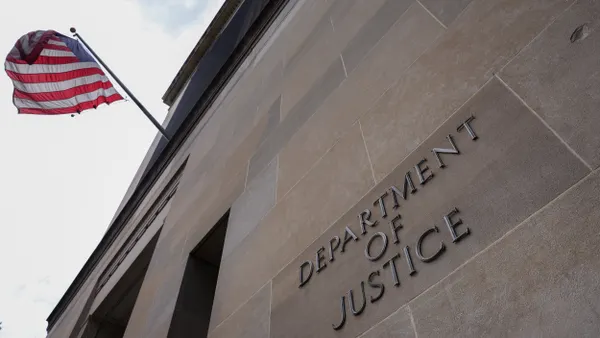Dive Brief:
- The number of students attending charter schools increased during the COVID-19 pandemic, while public schools saw overall declines in enrollment, according to a new report from the National Alliance for Public Charter Schools, which assessed enrollment trends in 41 states and the District of Columbia.
- According to the analysis, at least 39 states saw various levels of charter enrollment increases, ranging from less than 1% in Louisiana to nearly 78% in Oklahoma. Overall, charters saw a 7% increase in enrollment, amounting to nearly 240,000 students, during the 2020-21 school year, the greatest increase in five years.
- Meanwhile, public schools saw a decline of 1.4 million students, or approximately 3.3%, compared to numbers for the 2019-20 school year.
Dive Insight:
Charter enrollment increases were driven by increased enrollment in virtual charters in states like Oklahoma, Pennsylvania and Utah. "This explains some, but not all, of the enrollment increases experienced by the charter school sector nationwide last year," the report's authors wrote.
Still, the report conceded it is "premature to draw any conclusions" about why charter school enrollment grew while public school enrollment declined. "And yet the pattern among states in this report is undeniable," the report concluded.
Prior to the pandemic, public K-12 enrollment had been slowly increasing almost every year since the start of the century, Ross Santy, associate commissioner for administrative data at the National Center for Education Statistics, said previously in a statement.
While researchers and other education experts worried about students and families fleeing public schools in favor of charter or private options, some theorize the loss to public schools is only temporary, especially in areas where families have opted for virtual charter schools.
"The fact that most students have stayed home instead of leaving public school districts for attractive in-person competitors is reassuring for their return — because staying home long-term won’t be viable for most," Olivia Rios, associate director of education consulting firm EAB's K-12 division, previously told K-12 Dive.
Many of the younger learners in pre-kindergarten or kindergarten, which accounted for a bulk of the public school enrollment drop, were expected to make a comeback this fall, according to anecdotal evidence. That is likely because families who redshirt their children will eventually send them to public school, as keeping them home for several years will be unsustainable and eventually against the law.
"Long-term we expect [public school] enrollment rates to bump back up, however many families report they do not wish to return to their pre-pandemic choice, at least right way," Robin Lake, an education researcher and director for the Center on Reinventing Public Education, a nonpartisan think tank, told K-12 Dive over the summer.
"I expect districts will have to work hard to win back some families who left, especially older students," Lake added at the time. "Smart districts are listening to what their community says they want and creating lots of interesting options to woo kids back."












